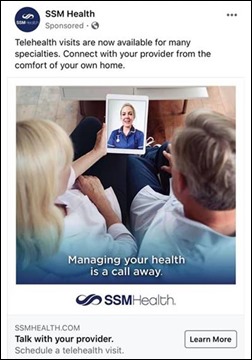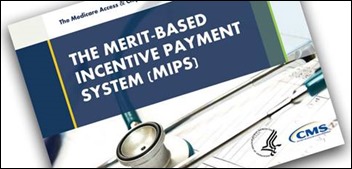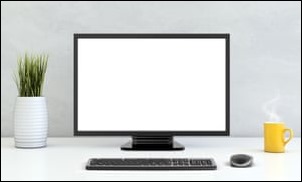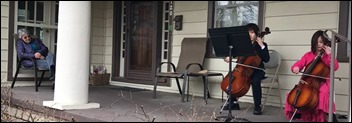Curbside Consult with Dr. Jayne 5/11/20

If you’ve been a longtime reader, you probably know that I’ve done quite a bit of camping. I also usually teach at an outdoor leadership course a couple of times each year, which is good for stories on team dynamics and resilience. Needless to say, COVID-19 has put a bit of a dent in my outdoor activities, canceling three planned local camping trips, the outdoor school, and an outdoorsy trip to Victoria, BC.
This weekend I attended my first virtual campout, where everyone put up their own tents close to home and we got together on a Zoom meeting. As with any adventure, there were some learning opportunities. First, a shortage of my usual extra-wide egg noodles at the supermarket negatively impacted my standard Dutch oven dinner, so if I’m going to do it again, I had better plan in advance so I can avoid the linguine-esque ones we wound up with. The corn bread muffins cooked outdoors in a cardboard box oven, were delightful, however.
Next, I learned that I probably shouldn’t have put the laptop right next to me, since campfire smoke always finds me and therefore my laptop. After a quick run into the house for canned air, we were back on track.
The third thing I learned was that bad skits can be absolutely hilarious when performed on a conference call. I think I’m going to have to consider assigning remote skits for the next consulting gig I get where teambuilding activities are needed.
Last, I had the opportunity to confirm what I already suspected, which is that the people in my immediate household have some pyromaniac tendencies. Fortunately, we kept the inferno confined to the actual fire pit, and no grass was harmed this time. We were rewarded with great weather, so although the overall experience was a little strange, I’m glad we did it.
It was a welcome departure from the chaos that has been the last two months of my professional life. Run around frantically trying to get personal protective equipment so you can fight a pandemic? Check. Figure out how to quarantine yourself away from the others in your house? Check. Get furloughed and wind up with unanticipated free time? Check. Channel that free time into random IT projects? Check.
At the end of each calendar year, I go through a planning exercise and try to forecast what my year will look like based on what I think clients will ask me to do. This year was going to be full of travel, with lots of trade shows, expos, and meetings. We all know how that turned out. However, I was pulled into projects doing things I never thought would be on my plate. Need to set up chatbot-based screening for patients arriving at a drive-through testing clinic for a disease no one had heard of two months ago? Sure! How about using the ZIP code data from the patients to figure out where to put an expansion site for additional testing? Definitely. What about figuring out how to help practices reopen safely, routing patients to different reception areas depending on their symptoms? Of course.
I did more telehealth visits in a couple of weeks than I did all of last year, and even though it has its challenges, I’m fully convinced that it’s a critical part of healthcare strategy for the future. Patients like it, clinicians like it, and with the right supports and an appropriate mix of in-person care, it could really make the difference for some patients. It’s also a way to allow providers who might not be able to practice in a face-to-face setting to continue seeing patients.
A good friend of mine went through chemotherapy last year, and although she felt up to seeing patients, her physician wouldn’t clear her to work in the office. Telehealth would have been ideal for her, but it wasn’t on her health system’s radar at the time. Especially with the shortage of primary care physicians, we don’t want to lose people who are willing and able to care for patients.
There’s also been a fair amount of wackiness the last couple of months, mostly in the form of conspiracy theories and distrust of “the medical establishment.” I never thought I’d have to reassure people that my highly-regarded medical school didn’t offer a course in “Conspiracy 101” and that I don’t actually get paid more for diagnosing patients with COVID-19 than I do if I diagnose them with boring old bronchitis or pneumonia. I also never knew that so many grown adults didn’t wash their hands before all of this happened, or that some of them still think it’s optional. If there’s one good thing that comes out of the pandemic, it’s that maybe we’ll have fewer colds and flu because people have actually learned that washing your hands is important and you should stay home when you’re sick.
As we approach the middle part of the year, I typically do a brief planning check-in to see whether my forecasts are on track and what I think the bottom half of the year will bring. Guess what? All bets are off this time. I think instead of trying to plan, I’m going to just hit the patio with a bottle of wine and spend a couple of hours contemplating what’s blooming in the yard and wondering whether my pampas grass will come back after the household pyros torched it this spring rather than simply cutting it off as usual. (I realize that prairie fires are a thing and are part of a healthy ecosystem, but I don’t think my single clump of grass deserved what it got.)
If there’s one thing I’ve learned this year, it’s that although having a plan is generally a good idea, if the universe decides to start throwing flaming meteors at you, all you can do is adapt. For the first time in a long time, I have absolutely no idea what I might be working on in three months, let alone six. I don’t even know if some of my health system clients will be solvent in the bottom half of the year, or whether my small practice clients will ever reopen. It’s pretty clear, though, that we’re going to need plenty of IT solutions to get through some of the challenges that are coming, although they probably won’t be with the traditional vendors we’ve all looked to in the past.
What do you think the bottom half of the year will hold, personally or professionally? Leave a comment or email me.
Email Dr. Jayne.



































Hard agree, and not just because I'm a spreadsheet nerd. Why are we all here? Isn't it in the service…